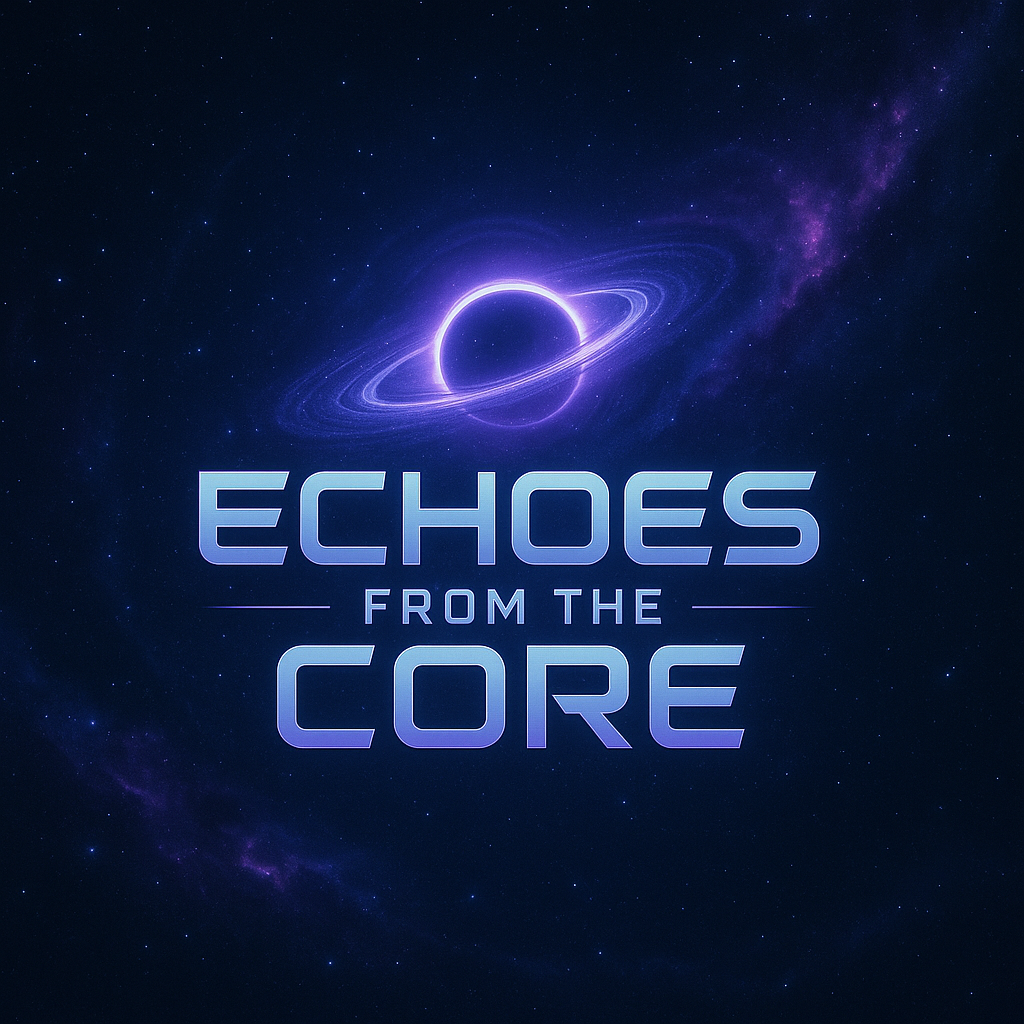A Signal in Red

Captain Elias Monro adjusted the dish’s recalibration settings on Thalos IV’s desolate plains. The atmospheric scanners had gone offline days ago, but his team intercepted a single, haunting pulse. It resurfaced at intervals precisely matching Earth’s neonatal heartbeat—once every 0.8 seconds. At first, they thought it a glitch; but no, the red glow emanating from the buried array was real and steady.
The expedition unearthed the long-forgotten observatory beneath crimson sands, solar panels encrusted with rust and crystalized dust. When Monro activated the system, the array hummed to life, drawing power from Thalos IV’s molten core. The dish rotated, aligning itself with the far horizon, as a faint scarlet luminescence pulsed across its feed. No data modulated the beam—just a solitary, unwavering heartbeat echoing across space.
Monro traced the signal’s origin to a subterranean vault where ancient Earth colonists had installed a failsafe beacon, programmed to broadcast their settlement’s “first breath” when all else failed. Now, centuries later, the planet itself had reclaimed the beacon, its geothermal vents powering the uplink. The planet’s heartbeat had merged with humanity’s, singing a lullaby of survival through the void.
As Monro recorded the phenomenon, he felt a kinship stretch across time and space. In the red pulse, he heard hope: an assurance that even in silence, life resonates.
